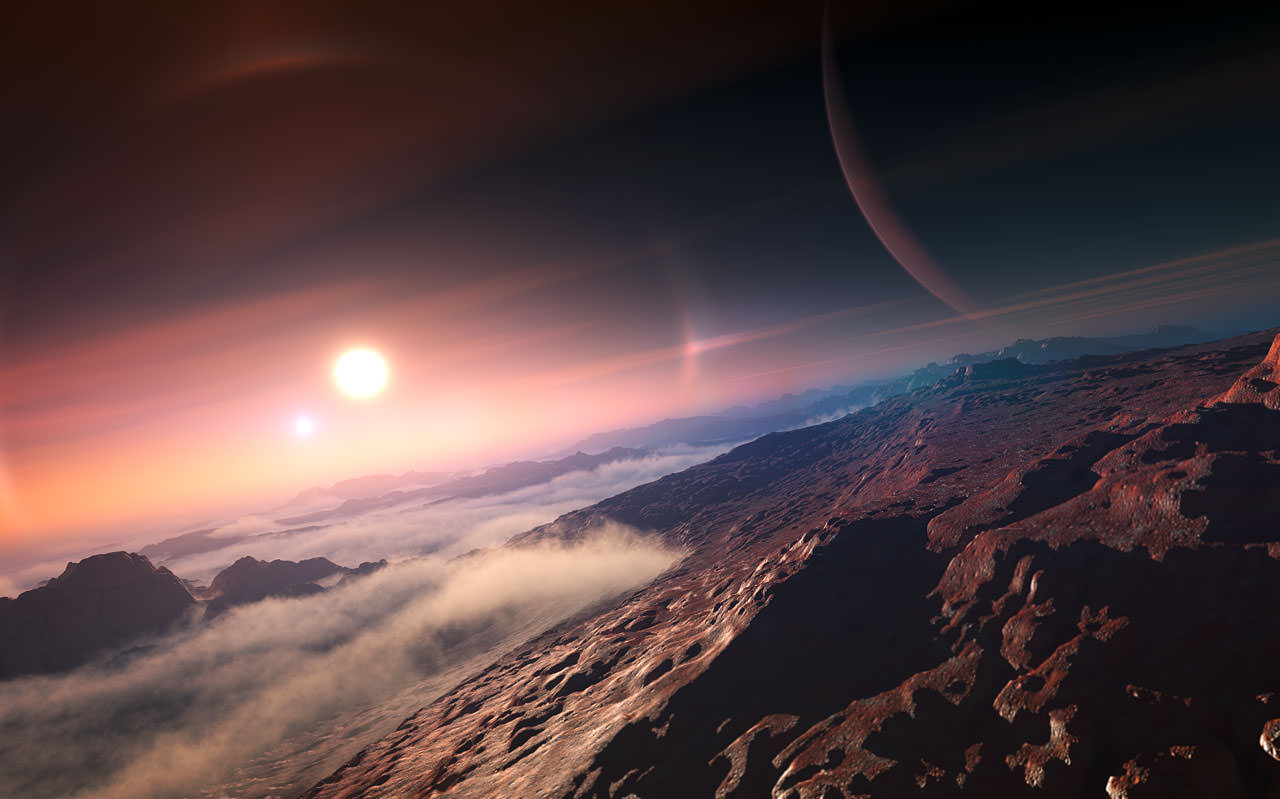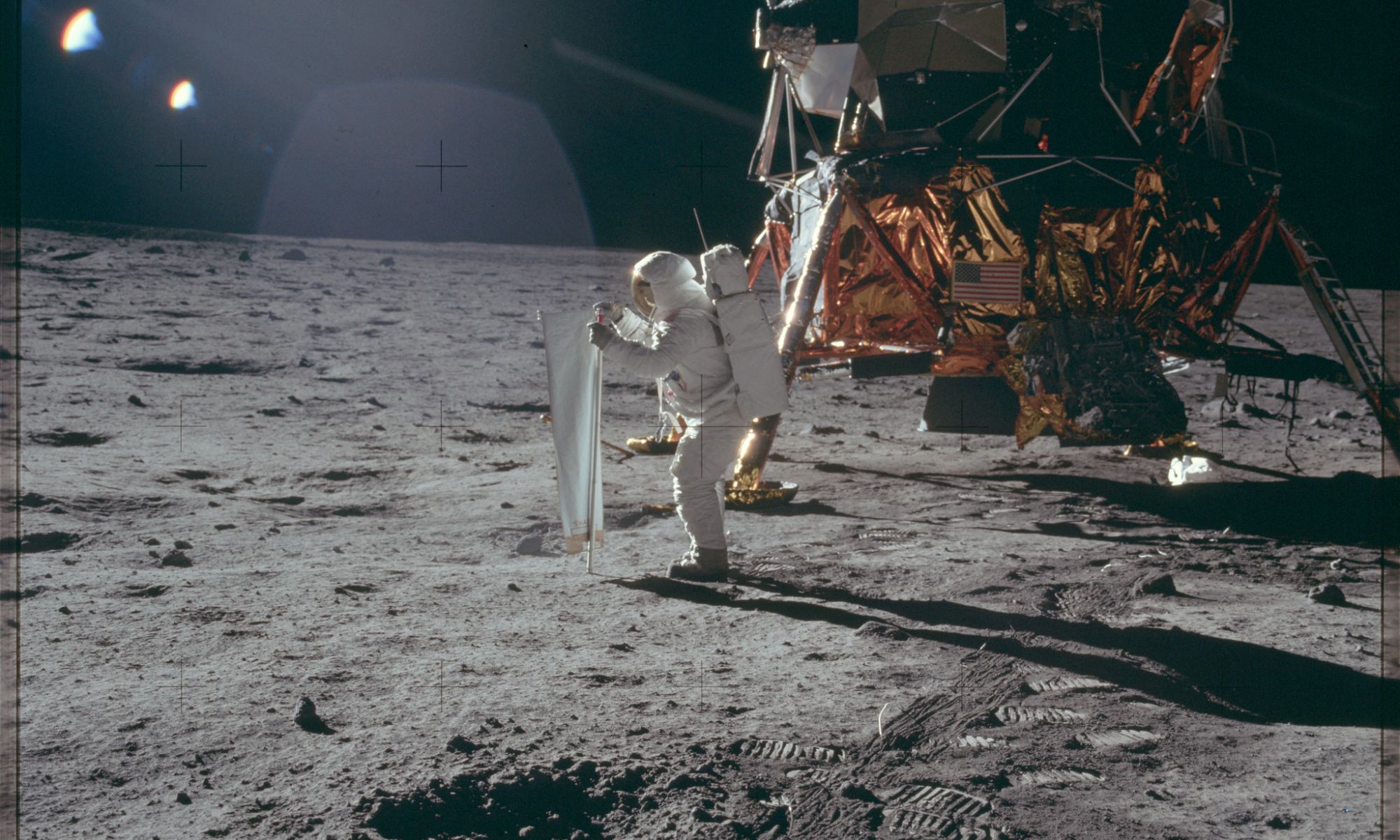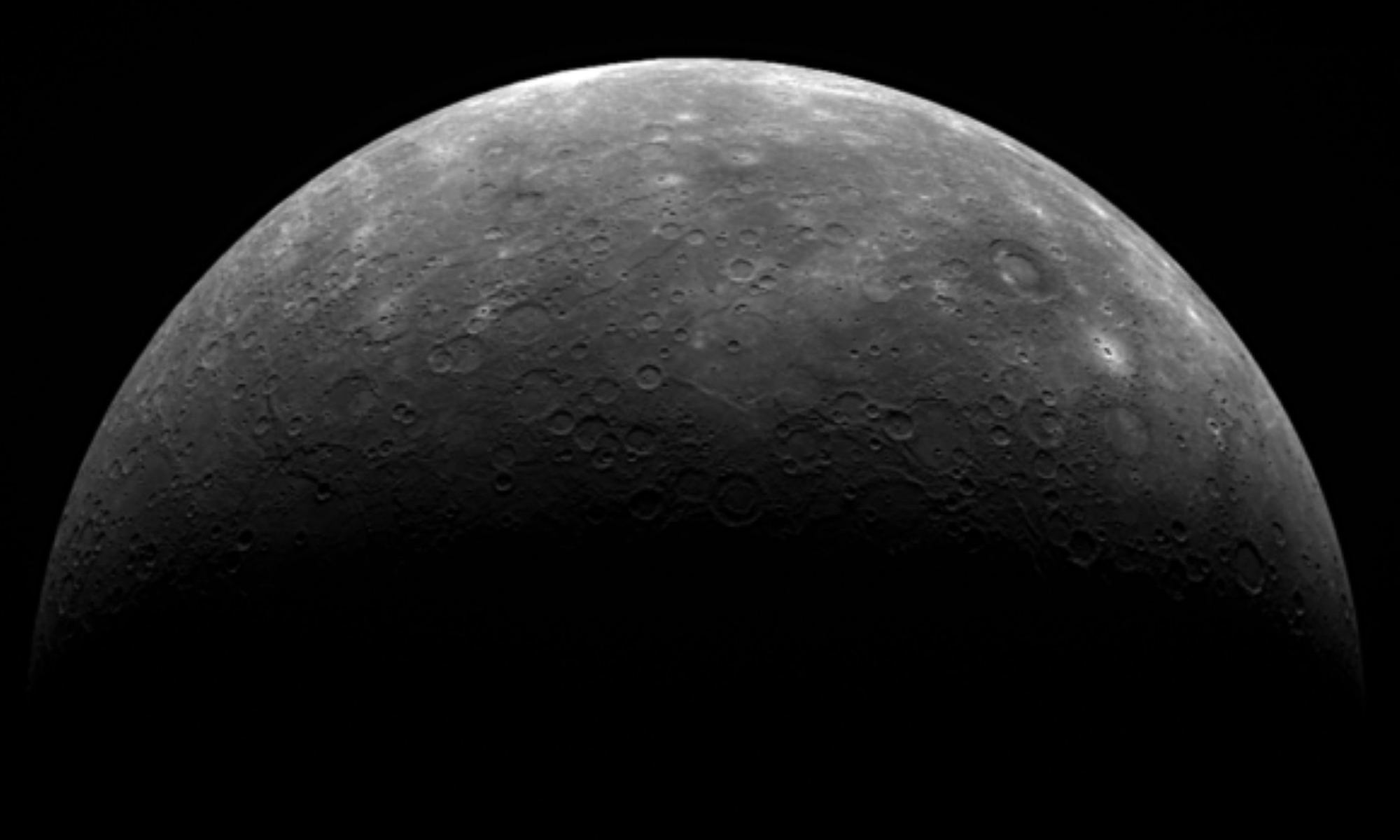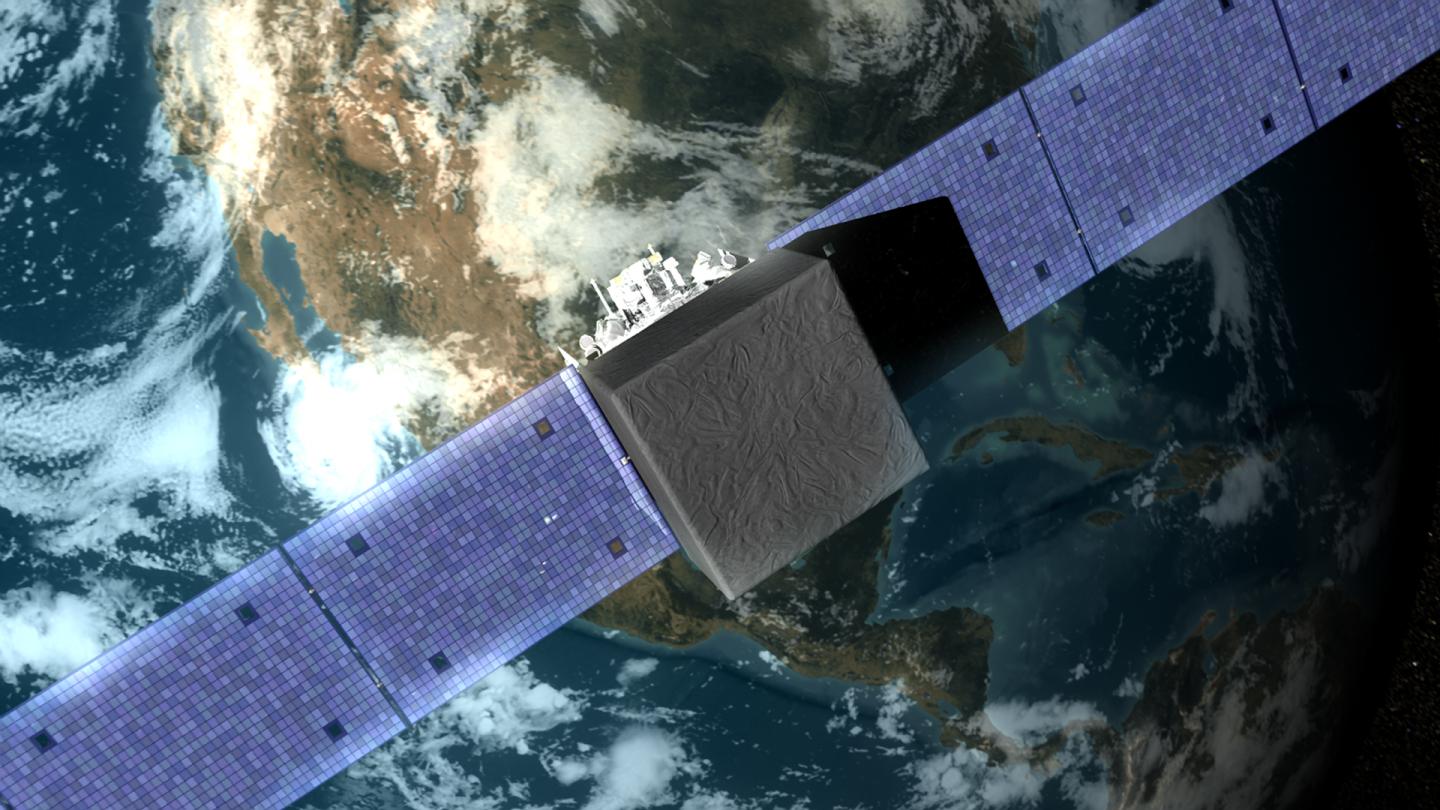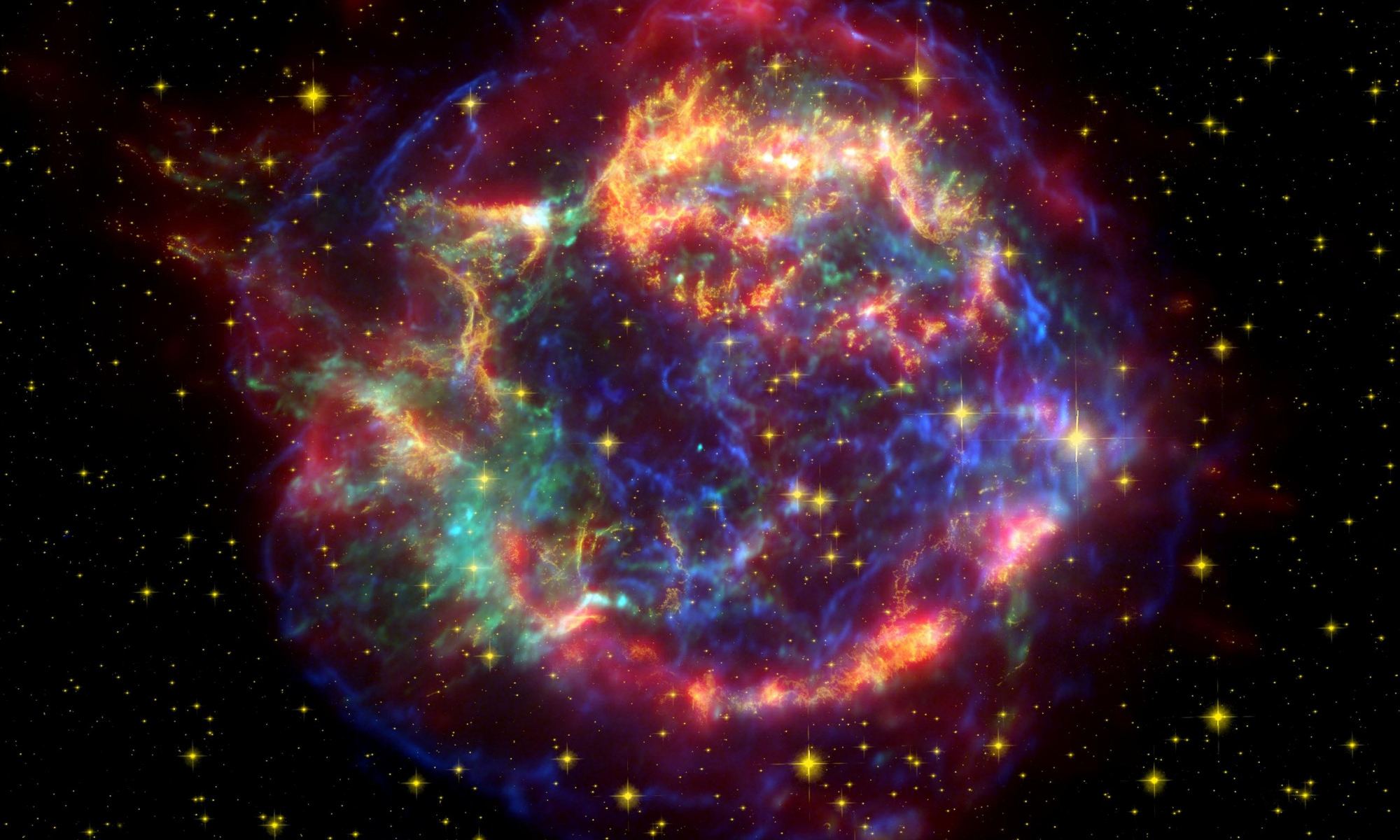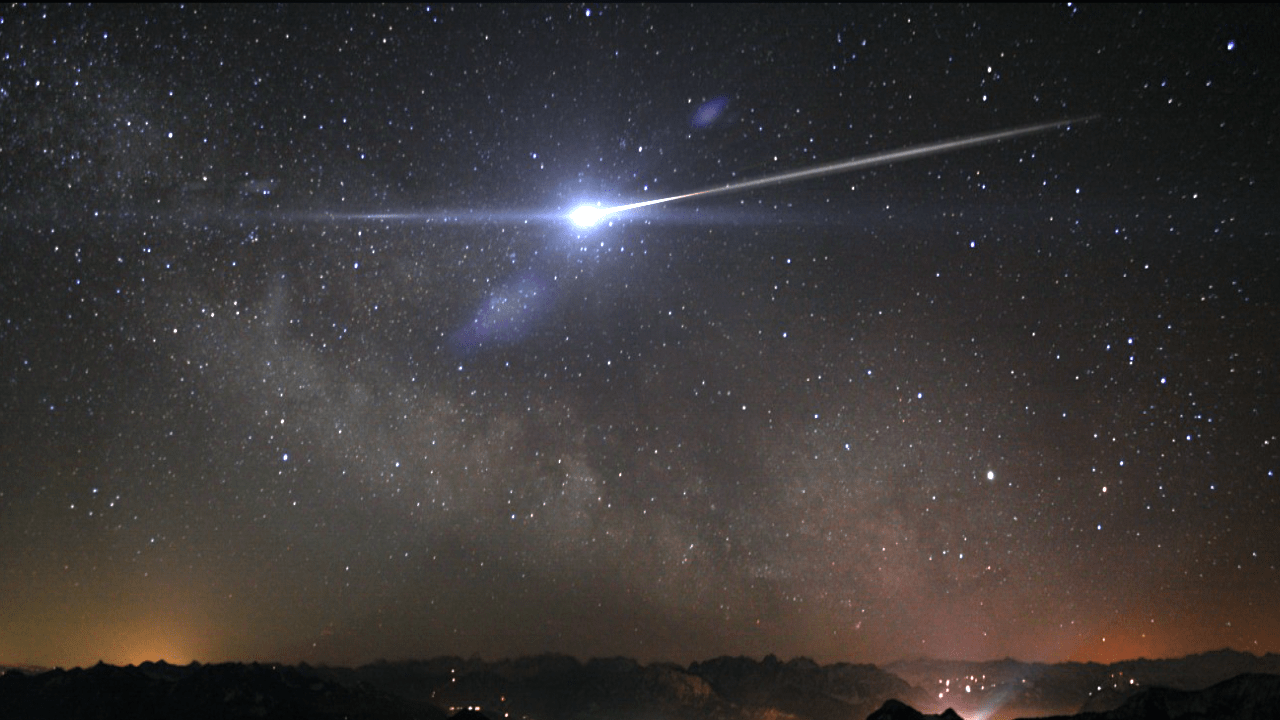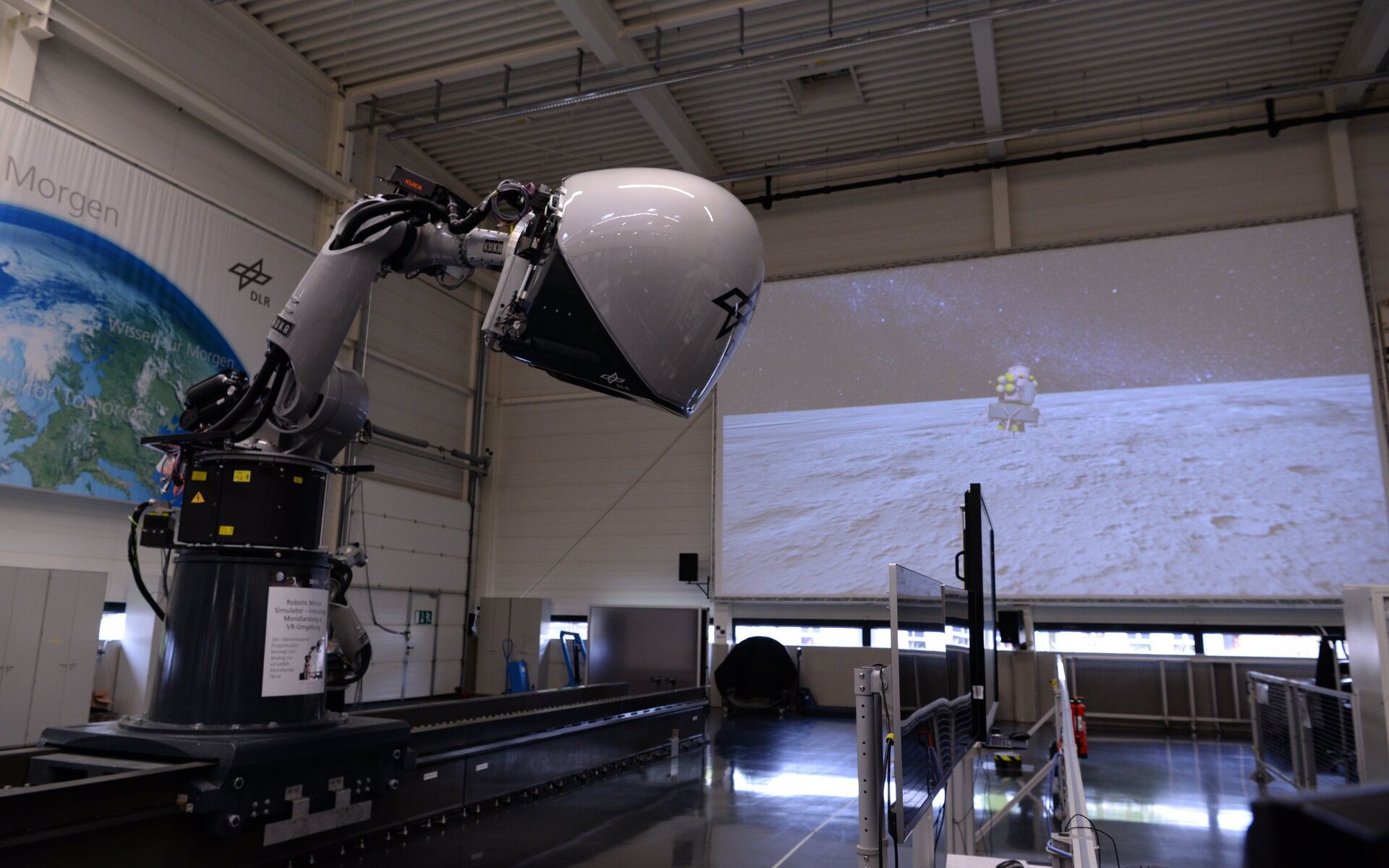We’ve found thousands of exoplanets in the last couple of decades. We’ve discovered exoplanets unlike anything in our own Solar System. But even with all we’ve found, it seems like there’s more and more to discover. Space scientists of all types are always working on the next generation of missions, which is certainly true for exoplanets.
Chinese researchers are developing an idea for an exoplanet-detecting array of space telescopes that acts as an interferometer. But it won’t only detect them. The array will use direct imaging to characterize distant exoplanets in more detail.
Continue reading “A Fleet of Space Telescopes Flying in Formation Could Reveal Details on Exoplanets”
